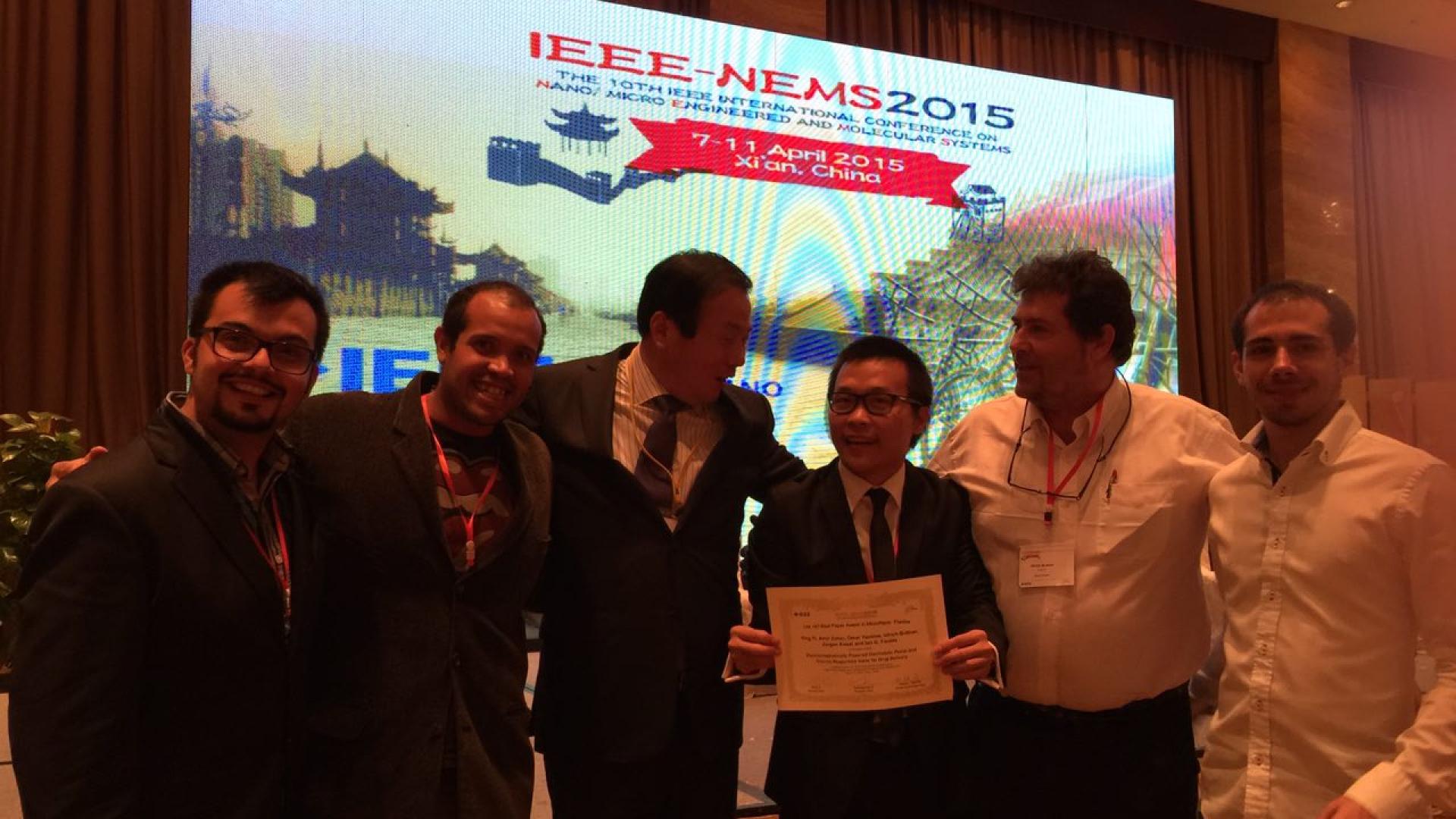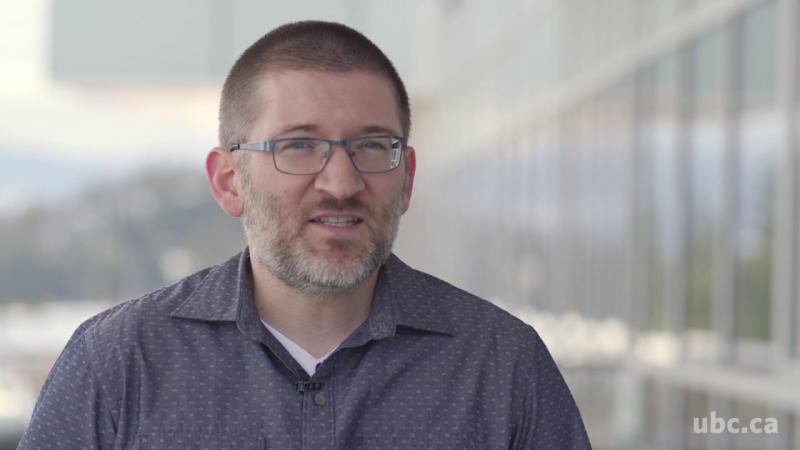Scientific boundary-crossing initiatives are what help scientists stepping across boundary lines that traditionally mark the divide between scientific disciplines. The Microfluidic Core Lab, of the Computer, Electrical and Mathematical Science & Engineering Division (CEMSE), managed by Research Scientist Ulrich Buttner, is one of the KAUST's advanced research facility that enables scientific boundary-crossing.
Under Buttner's supervision, the Lab has offered experimental facilities and know-how to KAUST Divisions and Research Centres for the past 3 years, fostering several interdisciplinary types of research. One of the latest research projects supported by the Lab was bestowed - at the beginning of April 2015 - with the best paper award at the 10th IEEE International Conference on Nano/Micro Engineered and Molecular Systems in Xi'an, China.
The award-winning paper titled "Electromagnetically powered electrolytic pump and thermo-responsive valve for drug delivery" was co-authored by Assistant Professor Jurgen Kosel and Adjunct Professor Ian G. Foulds' teams, Ying Yi, Amir Zaher, Omar Yassine and Ulrich Buttner. The paper features an innovative device for automatic drug delivery that could be used for alleviating chronic disease therapies needing constant drugs injections.
The new system, which was conceived by Ph.D. student Ying Yi, under the supervision of Ian Foulds, relies on coupling an electrolytic pump with a solid-drug-in-reservoir. To overcome the long-standing problem of undesired drug diffusion, a magneto-thermoresponsive valve was designed by Yi together with PhD student Amir Zaher and postdoctoral fellow Dr. Omar Yassine under the supervision of Jurgen Kosel.

The device is a successful collaborative effort between the Electromechanical Microsystems & Polymer Integration Research Lab (EMPIRE) and the Sensing Magnetism and Microsystems Lab (SMM).

